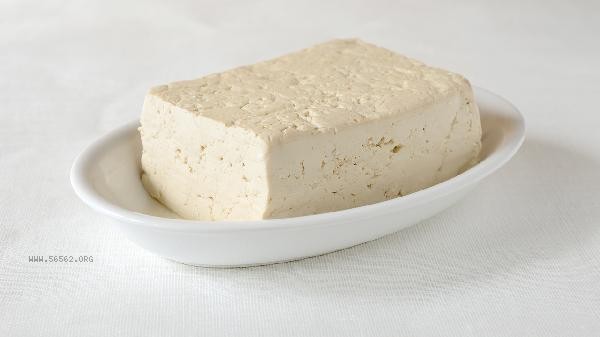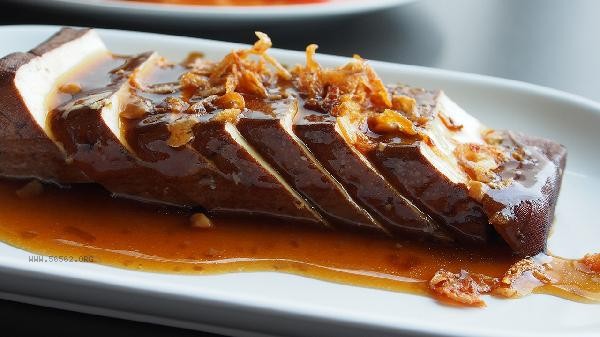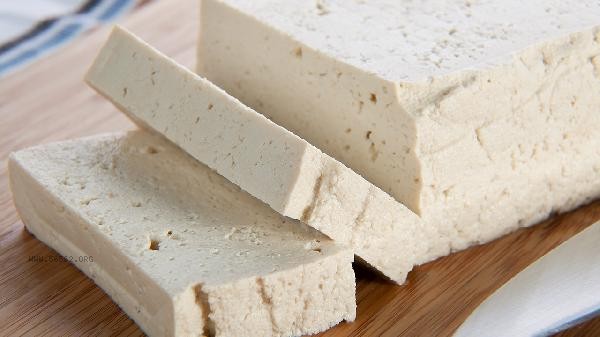When blanching tofu, it is recommended to put it in cold water to better maintain its tender and smooth texture as well as its complete form. Putting hot water into the pot may cause rapid solidification of the tofu surface and the formation of honeycombs inside, while slowly heating cold water can help to evenly heat it up. When tofu is boiled in cold water, the gradual increase in water temperature can synchronize the temperature inside and outside the tofu, reducing the risk of breakage caused by temperature differences. This method is particularly suitable for tender southern tofu or lactone tofu, which can effectively avoid the roughness caused by sudden protein denaturation. During the blanching process, a small amount of salt can be added to help the tofu further solidify its structure and remove the bean odor. Although boiling hot water can shorten the blanching time, high temperatures can cause the protein on the surface of tofu to rapidly shrink, and the internal moisture can easily form pores after being heated and expanded. Varieties with harder texture such as northern tofu may be more suitable for this method, but the time should be strictly controlled within 1 minute. If you need to keep the shape of tofu intact for subsequent stewing or frying, it is still recommended to prioritize using cold water in the pot.

After blanching, it is recommended to immediately cool the tofu with cold water to further enhance its elasticity. Different cooking methods have different requirements for tofu pretreatment: cold tofu can be blanched for up to 2 minutes to fully sterilize, while braised tofu can shorten the time to maintain internal tenderness. During daily processing, attention should also be paid to cutting tofu evenly into blocks to avoid uneven heating caused by different sizes. If tofu has a sour taste or mucus, it is not suitable for consumption and fresh products should be selected for cooking.










Comments (0)
Leave a Comment
No comments yet
Be the first to share your thoughts!